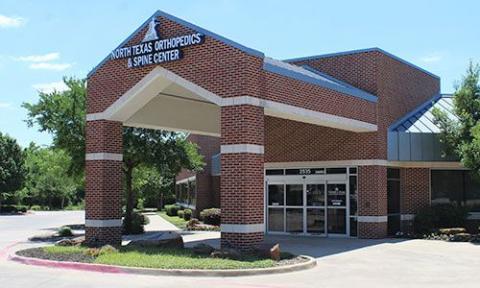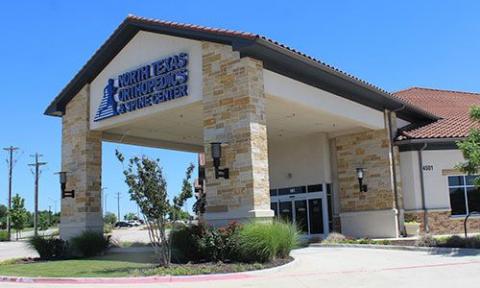For a distal biceps tendon tear, the biceps muscle is located in the front of your upper arm, and it’s attached to the bones of the shoulder and elbow by tendons — strong cords of fibrous tissue that attach muscles to bones. Tears of the biceps tendon at the elbow are usually caused by a sudden lifting. There is often a “pop” at the elbow when the tendon ruptures. Pain is severe at first, but may subside after a week or two.
Once fully torn, the biceps tendon at the elbow will not grow back to the bone and heal. Other arm muscles make it possible to bend the elbow without the biceps tendon, but they cannot fulfill all the functions of the elbow, especially the motion of rotating the forearm from palm down to palm up, which is called supination.

Anatomy:
The biceps muscle has two tendons that attach the muscle to the shoulder and one tendon that attaches at the elbow. The tendon at the elbow is called the distal biceps tendon. It attaches to a part of the radius bone called the radial tuberosity, a small bump on the bone near your elbow joint. The biceps muscle helps you bend and rotate your arm.
Biceps tendon tears can be either partial or complete.
Treatment:
Treatment depends on if the tear is partial or a complete tear. Partial tears are frequently treated non-operatively. In complete tears, surgery is often recommended to reattach the tendon to the bone. However, even with a complete tear, nonsurgical treatment may be considered if you are older and less active, or if the injury occurred in your nondominant arm. Other arm muscles can substitute for the injured tendon, usually resulting in full motion and reasonable function. Without surgical repair, the injured arm will have a 30% to 40% decrease in supination strength (rotating the forearm to palm up).
Nonsurgical Treatment
Nonsurgical treatment options focus on relieving pain and maintaining as much arm function and strength as possible. Treatment recommendations may include:
Surgical Treatment
Surgery to repair the tendon should ideally be performed during the first few weeks after injury. After this time, the tendon and biceps muscle begin to scar and shorten, and restoring arm function with surgery may be more difficult. Chronic distal biceps tears are more complicated and may require a cadaver graft for repair.
Surgery involves making a 3cm incision on the front of the elbow. The tendon is reattached to the radius bone with very strong stitches and a bioabsorbable screw. You will be placed into a splint after surgery for 1 week, and then sometimes transitioned to an elbow brace. You will not be allowed to lift anything greater than 5 pounds for 6-8 weeks. Physical therapy may be necessary to help restore function and strength in the elbow.
See why our patients love our physicians, quality of care, and amazing results.
*Based on Independent Market Research


North Texas Orthopedics will be closed on December 25 in observance of the holidays. Wishing you a joyful season!